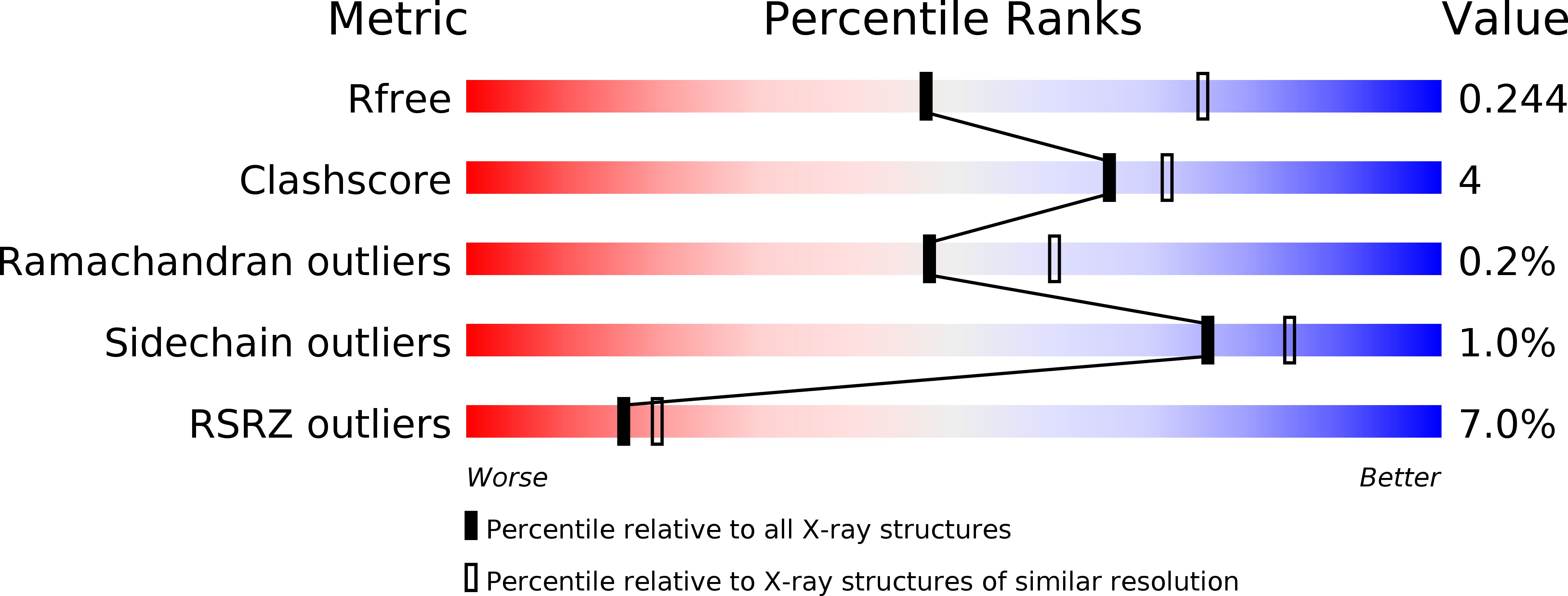
Deposition Date
2019-08-23
Release Date
2020-07-22
Last Version Date
2024-05-15
Entry Detail
PDB ID:
6SN1
Keywords:
Title:
Crystal structure of the human INTS13-INTS14 complex
Biological Source:
Source Organism:
Homo sapiens (Taxon ID: 9606)
Host Organism:
Method Details:
Experimental Method:
Resolution:
2.54 Å
R-Value Free:
0.24
R-Value Work:
0.22
R-Value Observed:
0.22
Space Group:
P 21 21 2


